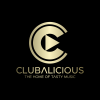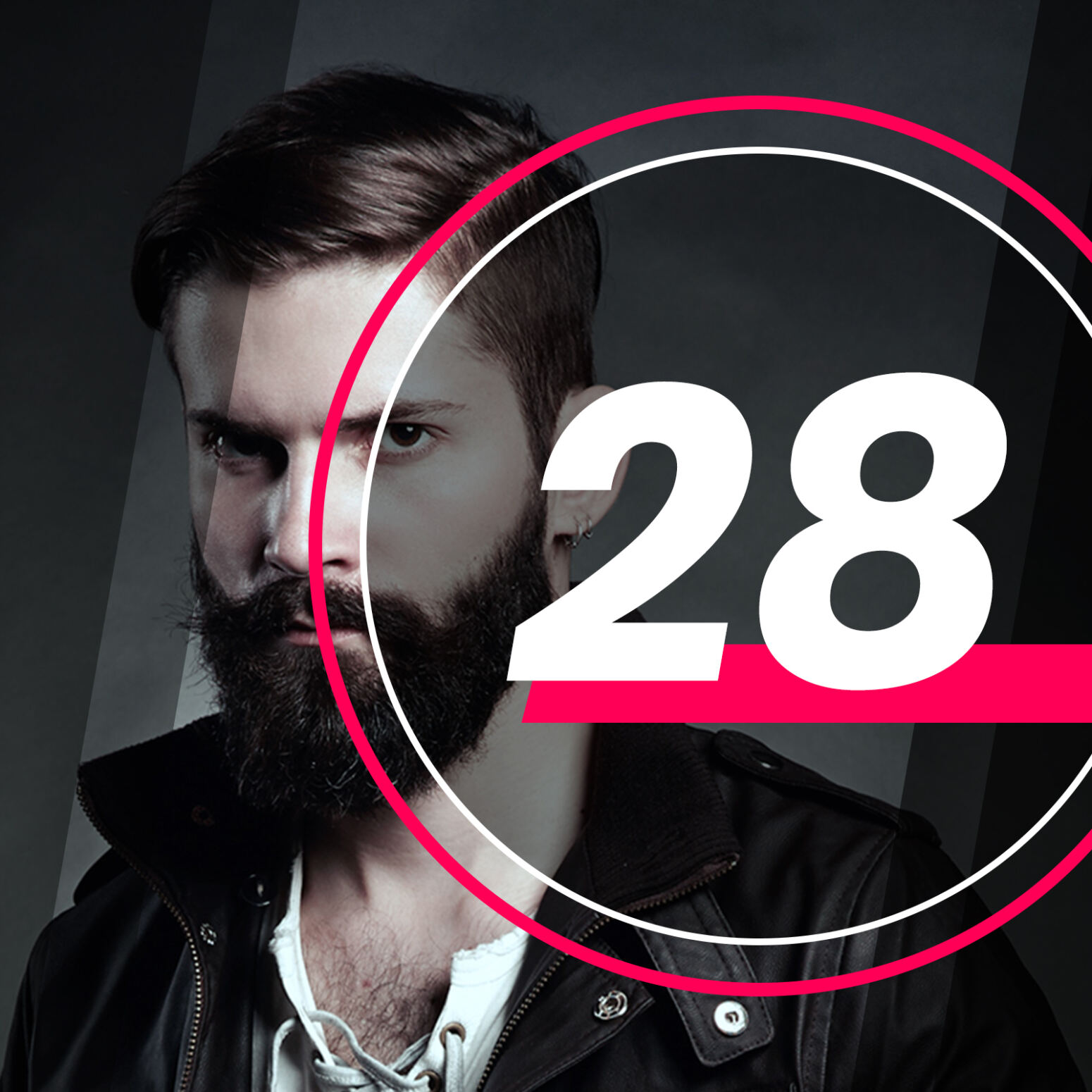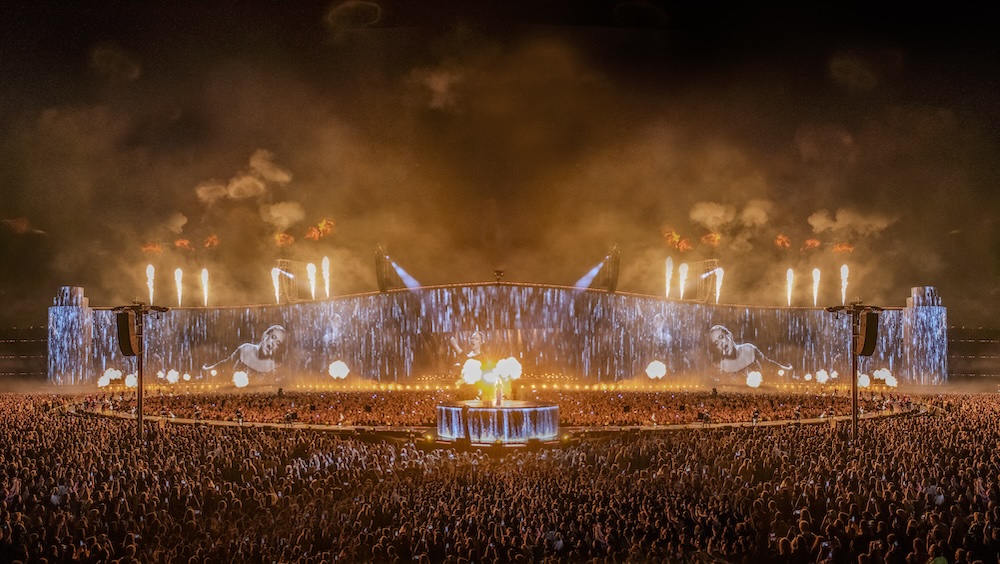-
 play_arrow
play_arrow
Clubalicious Clubalicious Radio
-
 play_arrow
play_arrow
London Calling Podcast Yana Bolder

Munich, Germany (September 27, 2024)—At first glance, the idea of custom-building a temporary 80,000-capacity open-air stadium for a 10-show, one-month residency by a single performer seems like the stuff of fantastical idle daydreams. After all, how would it be technically feasible, and who could fill that many seats anyway? And yet, Live Nation made that happen this past summer in Munich and moreover, it was a resounding success. Much of the event’s technical support came from Clair Global, and the artist, of course, was Adele.
The residency was blueprinted on the 100-million-album-selling artist’s Las Vegas residency, for which Clair had handled Internet, Comms, PA and Control. For the Munich run, led by production manager Paul English, the Clair Global organization handled Audio, Comms, Radios and Production IT, all overseen by account executive Andy Walker.

DiGiCo Quantum 7 consoles were deployed at both front of house and monitor positions for Adele’s long-time mix engineers Dave Bracey and Joe Campbell. Out front, systems engineer Johnny Keirle mapped out a sprawling 36-hang, 14-delay-tower L-Acoustics K1 / K2 / L2 design to cover the large urban site with a traditional L-R/dual mono system.
“This PA design was a complex process,” said Keirle. “There was a huge emphasis on creating a visual experience that was as clean as possible, with stage design central to the show. This required finding solutions for high trim heights at the main stage end, and finding discreet, tidy audio solutions within the audience areas. The main stage system was flown incredibly high to clear the video wall, with flown K1SB / K1, flown KS28, and adjacent K2 down fill hangs to achieve nearfield coverage without introducing destructive interferences or losing HF integrity in the main K1 system.”
With the stage thrust extending 100m into the audience, and a passarelle (catwalk) looping from stage R-L, the team had to place delays beyond the golden circle and passarelle, relying heavily on the main stage K Series. The main stage system comprised six positions: main L-R, side L-R, and outer L-R. Two rings of L2 delay speakers pick up coverage outside the passarelle, the first ring has six positions, the second eight.
Given the massive size of the venue built for Adele, RF concerns were paramount. “A key difference working in this venue is the long distances over which we have to transmit and receive RF for the in-ear monitors and radio microphones,” said monitor engineer Joe Campbell. “We’re using RF over fiber for the first time with this artist and have opted for a Wisycom system, which has been superb.”

Clair deployed 20 Wisycom MFL RF antennae, overseen by monitor and RF system designer, Thomas Chip Valentino, who worked with four RF nodes in different positions around the passarelle; one at the B stage, one central to the thrust, stage left and stage right.
A vital aspect for the show’s connectivity was hidden networking. Clair Event Support Engineer, Laurie Fradley elaborates: “We had to feed all our equipment positions for PA, Comms and IT—some situated in the middle of the large audience—ensuring there were no clear cable runs. We took the decision to deploy a multistrand fiber network throughout the site for both our team and other departments that needed to service these areas. In total, we ran around 1,200 fiber cores throughout the entirety of the site.”
Navigating a Riedel Communications ARTIST-128 digital intercom network on AES67 audio networks was Communications System Designer, Patrick Taghavi. Looking after communication and audio signal distribution needed for 230 crew, Taghavi explained. “We simply couldn’t run a show of this size without a robust, clean system; it’s critical to everyone’s safety.”
Written by: Admin
Similar posts
Recent Posts
- 🎶 New Music: JID, OneRepublic, Morgan Wallen, Post Malone, MarkCutz, Kidd Spin + More!
- Classic Tracks: The Fireballs’ “Sugar Shack”
- Classic Tracks: Arlo Guthrie’s “City of New Orleans”
- Classic Track: k.d. lang’s “Constant Craving”
- Classic Tracks: Waylon Jennings’ “Are You Sure Hank Done It This Way”
Recent Comments
No comments to show.Featured post

Latest posts

🎶 New Music: JID, OneRepublic, Morgan Wallen, Post Malone, MarkCutz, Kidd Spin + More!

Classic Tracks: The Fireballs’ “Sugar Shack”

Classic Tracks: Arlo Guthrie’s “City of New Orleans”

Classic Track: k.d. lang’s “Constant Craving”

Classic Tracks: Waylon Jennings’ “Are You Sure Hank Done It This Way”
Current show
Upcoming shows

Swedish Dance Chart
09:00 - 11:00

Fresh Is Fresh
This Weeks Hottest Releases
11:00 - 16:00
In The Mix
Tony Kay
16:00 - 17:00
Norwegian Dance Chart
Top 40 Hottest Tracks in Norway
17:00 - 19:00
Femme House
Lp giobbi
19:00 - 20:00Chart
Powered by Dee jay promotions visit us








 Invalid license, for more info click here
Invalid license, for more info click here